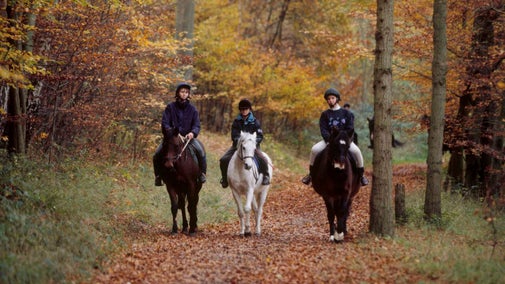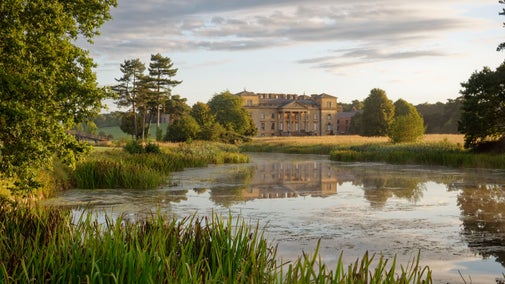Visitor hub 1
Land at Hill Farm
The proposed hub at Hill Farm will be located on existing arable fields east of Northchurch Common and south of the SAC.
With gently rolling hills, this quiet area of the landscape is rich with hedgerow habitat with pockets of mature woodland which we will build on through new planting.
We will transform the existing arable fields into a diverse mosaic of native woodland, wood pasture, scrub, grassland and wetland, enhancing biodiversity and resilience to climate change.
New visitor facilities will be created including car parking, toilets, café, recreational play space and a flexible education and community space.
New circular walking and cycling routes with a mixture of surface and unsurfaced paths will provide access for all ages and abilities and allow visitors to explore this new part of Ashridge Estate.
This is an illustrative design of what the hub at land at Hill Farm might look like. All designs and plans are subject to planning approval.




























